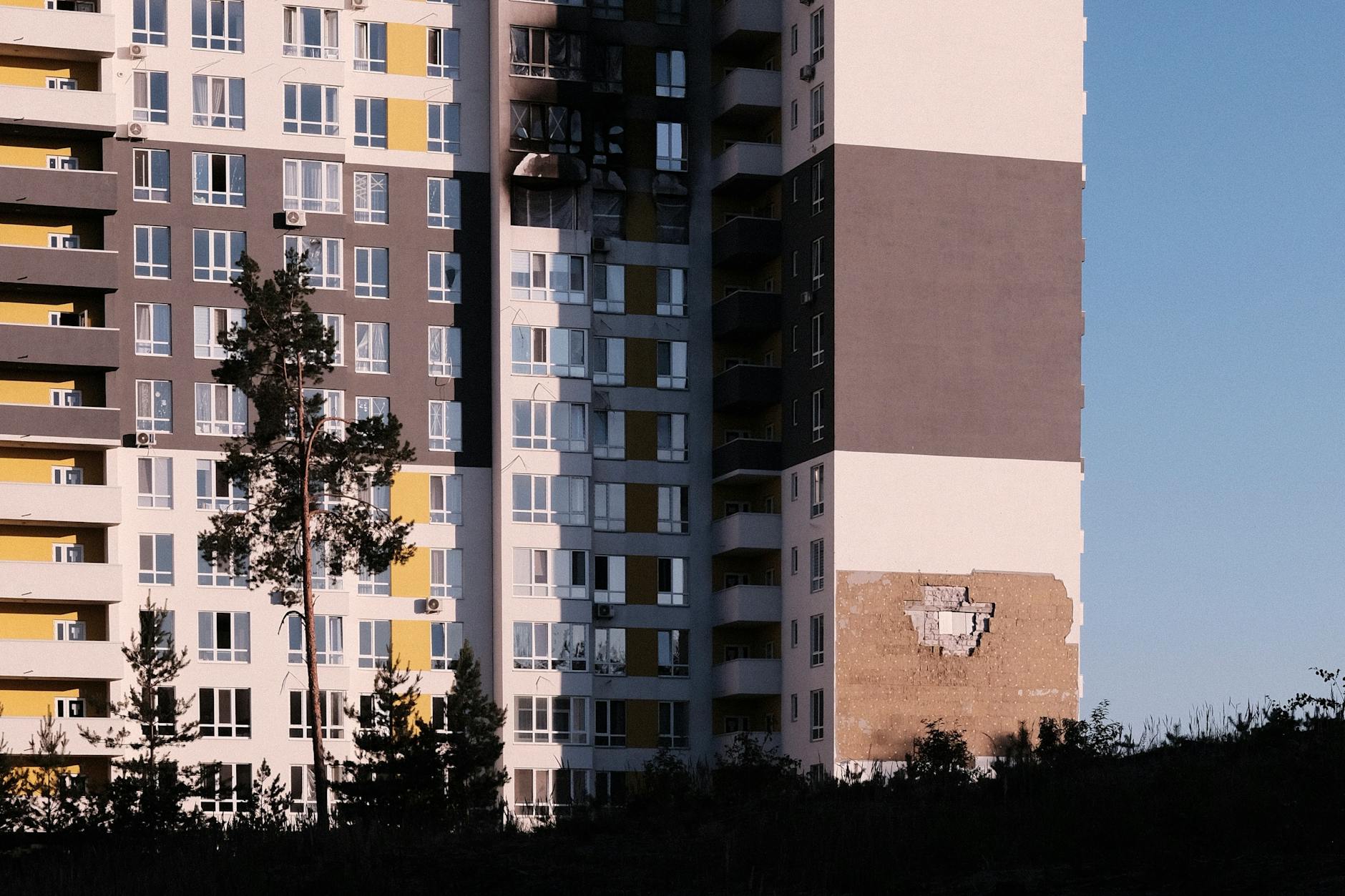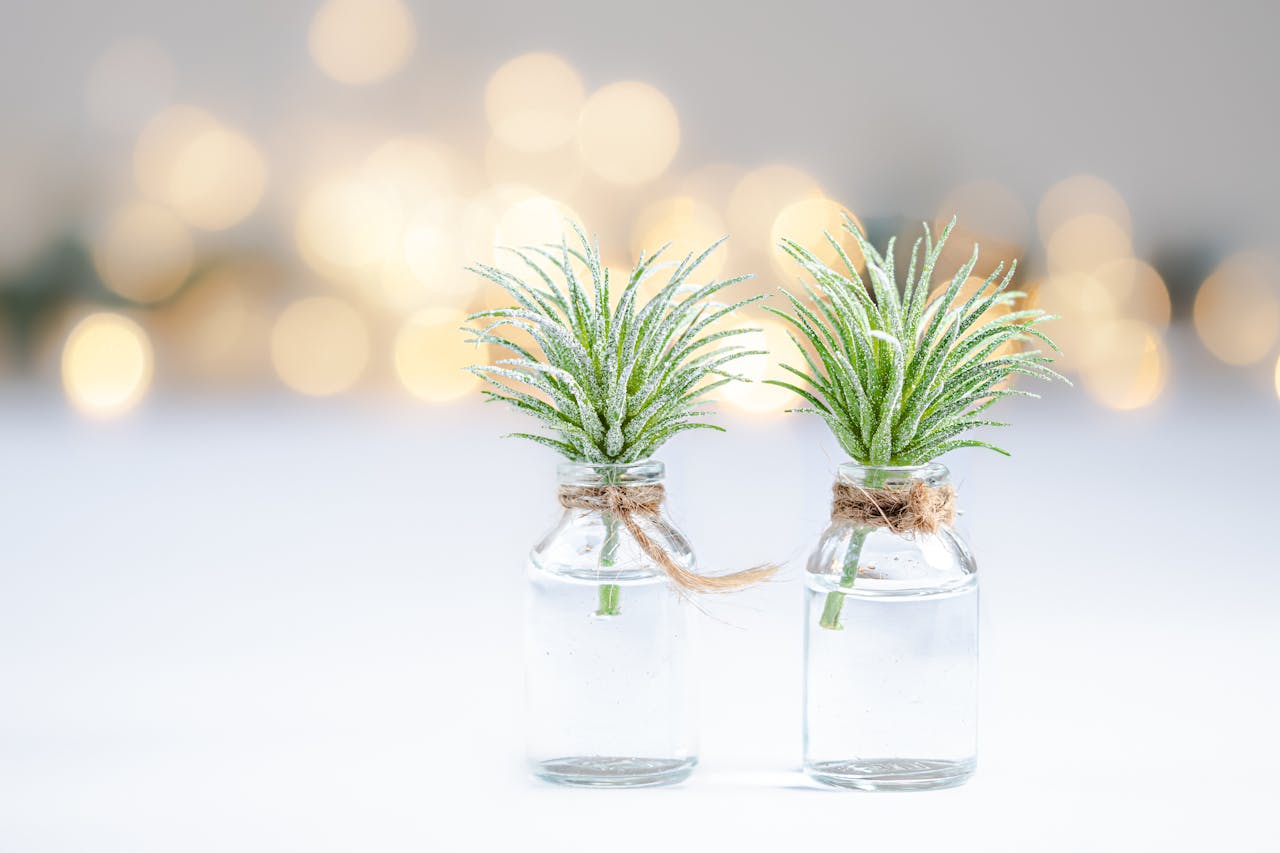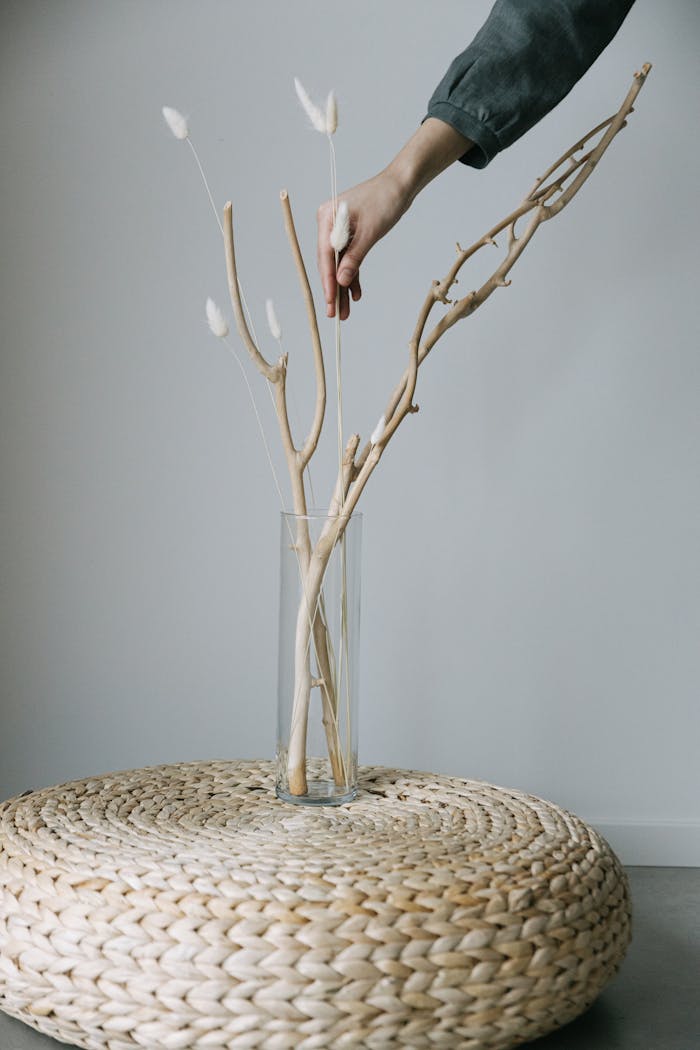Artificial grass has become a popular choice for many homeowners due to its low maintenance and evergreen appearance. However, like any other outdoor element, artificial grass is not immune to damage. Whether it’s from heavy foot traffic, pet use, or other wear and tear, damaged artificial grass can detract from the overall beauty of your outdoor space. The good news is that there are quick fixes and effortless solutions available to repair damaged artificial grass and restore its pristine look. In this article, we will explore some effective ways to repair damaged artificial grass and keep your lawn looking lush and vibrant.
Identifying the Damage
Before diving into the repair process, it’s essential to identify the type of damage your artificial grass has sustained. Common issues include matting, discoloration, burns, tears, and pet damage. Each type of damage may require a different repair approach, so taking the time to assess the extent of the damage is crucial.
Matting and Discoloration
Matting and discoloration are typical issues that can occur due to heavy foot traffic or prolonged exposure to the sun. To address these problems, start by fluffing up the flattened fibers using a stiff brush or broom. This will help revive the grass and restore its original appearance. For discoloration, consider using a specialized artificial grass cleaner to remove any stains or dirt that may be causing the discoloration.
Burns and Tears
Burns and tears are more severe forms of damage that may require patching or replacing the affected area. In the case of burns, carefully trim away the damaged fibers and replace them with new ones to seamlessly blend with the rest of the grass. Tears can be repaired using specialized adhesive tapes designed for artificial grass. Simply apply the tape to the torn area and press down firmly to create a strong bond.
Pet Damage
Pet damage, such as urine stains or digging, can be challenging to repair but not impossible. For urine stains, rinse the affected area thoroughly with water to dilute the urine and prevent odors. You can also use a pet-friendly artificial grass cleaner to eliminate any lingering smells. To fix areas where your pets have dug up the grass, fill the holes with fresh infill material and compact it down to restore the surface.
Preventive Measures
To minimize the risk of future damage to your artificial grass, there are preventive measures you can take. Encourage proper maintenance practices, such as regular brushing and cleaning, to prevent matting and discoloration. Place protective barriers, like pet gates or designated play areas, to limit pet damage. Additionally, consider using outdoor rugs or stepping stones in high-traffic areas to reduce wear and tear on the grass.
Conclusion
Repairing damaged artificial grass doesn’t have to be a daunting task. By identifying the type of damage and implementing the right solutions, you can easily restore your artificial lawn to its former glory. Whether it’s matting, burns, tears, or pet damage, there are quick fixes and effortless solutions available to help you maintain a lush and vibrant outdoor space. Remember to practice preventive measures to prolong the lifespan of your artificial grass and enjoy a beautiful, low-maintenance lawn for years to come.


